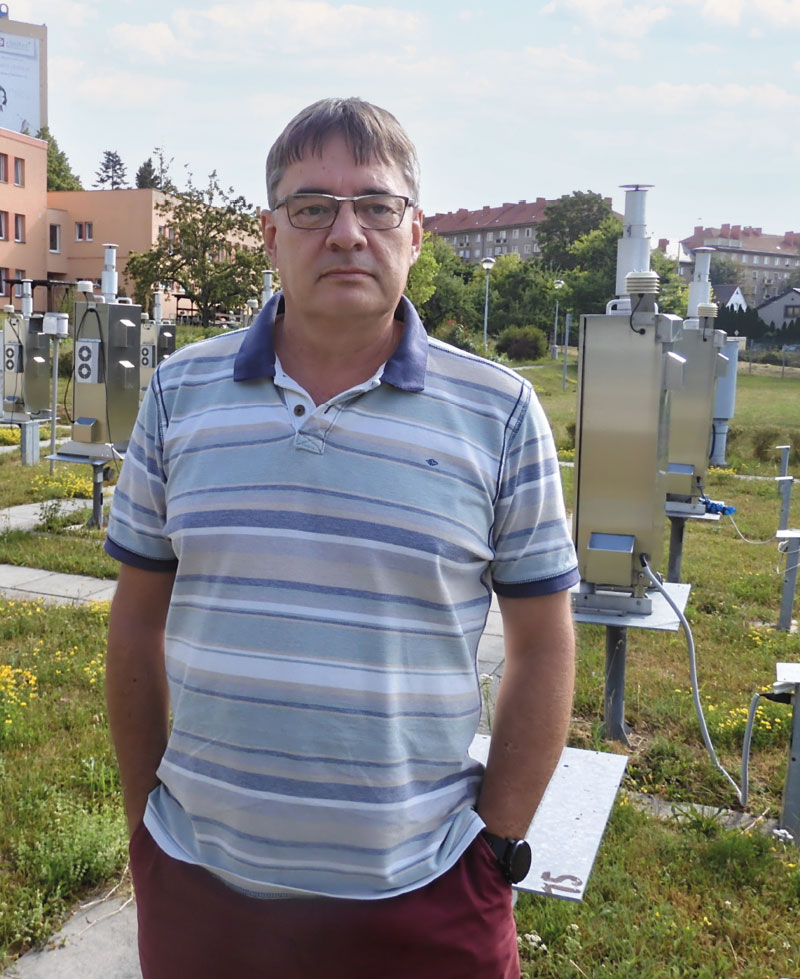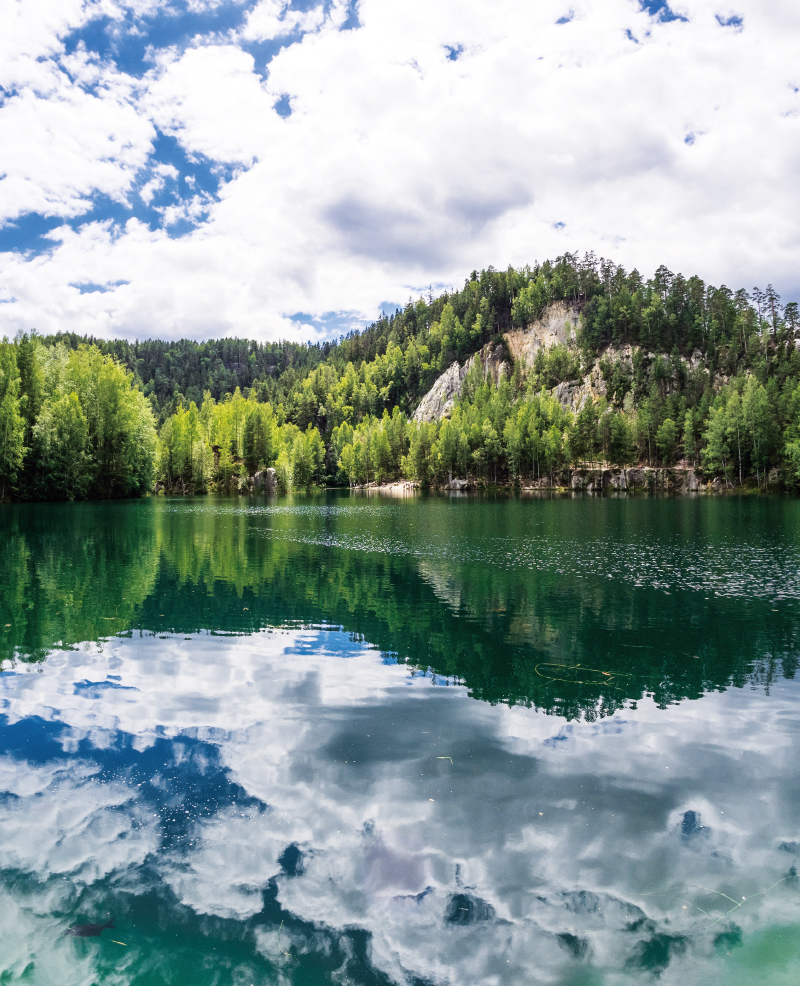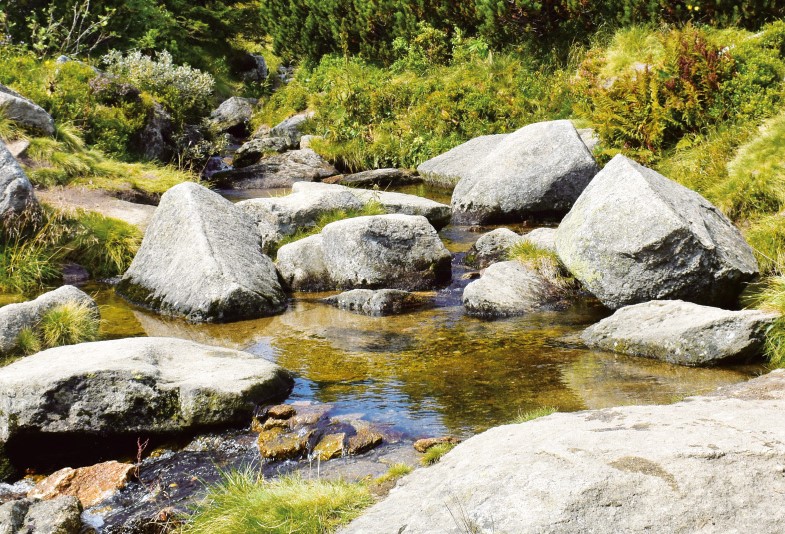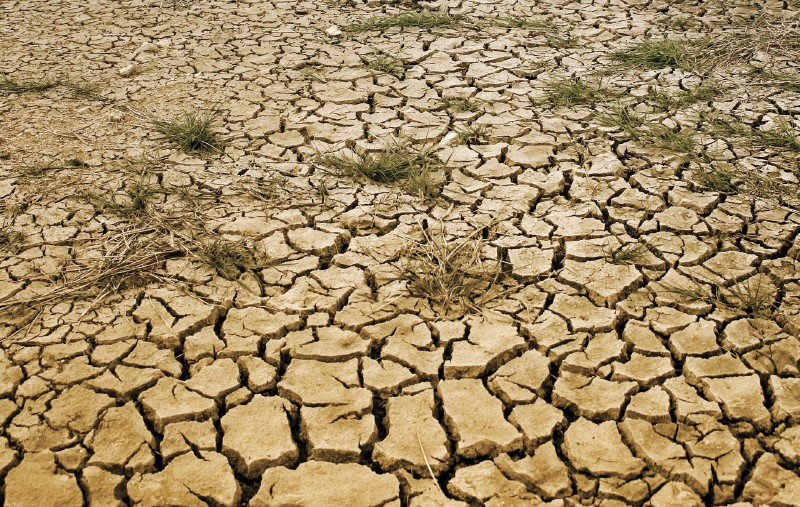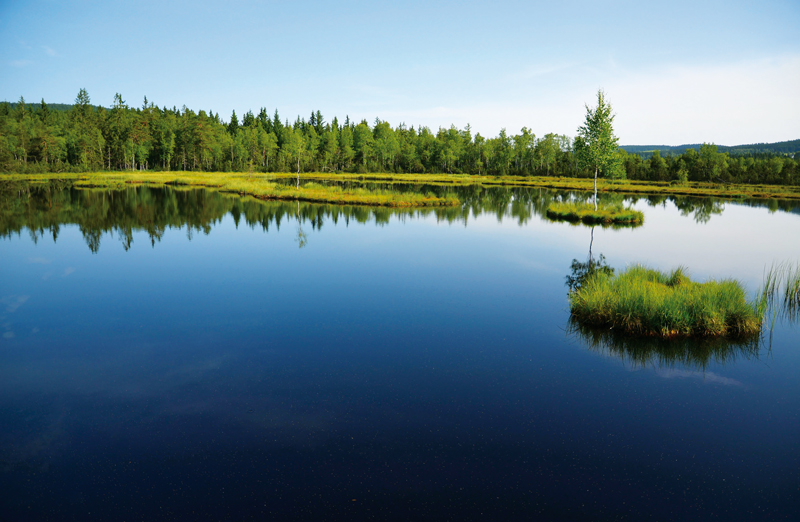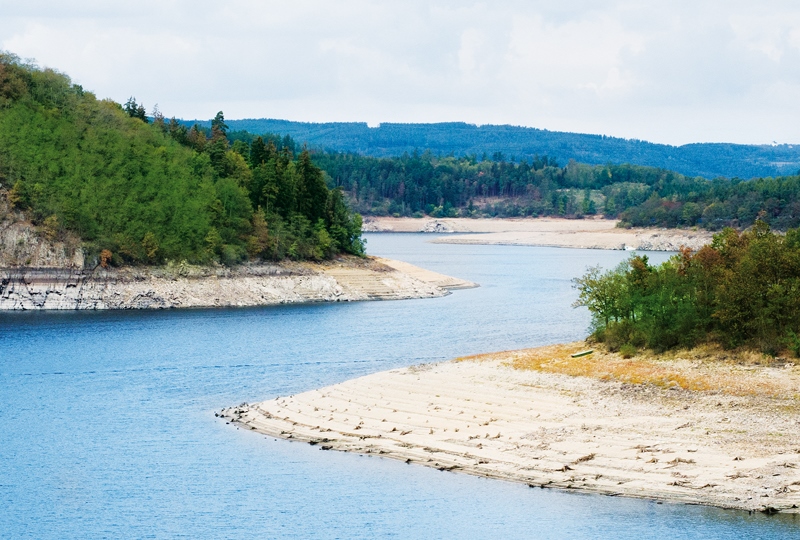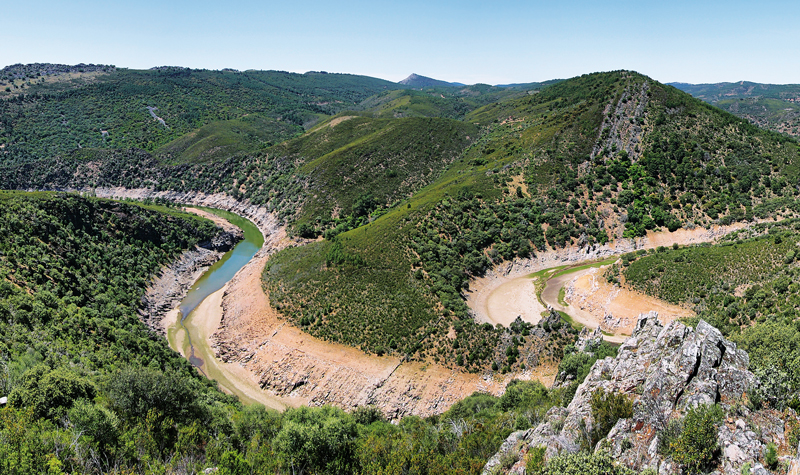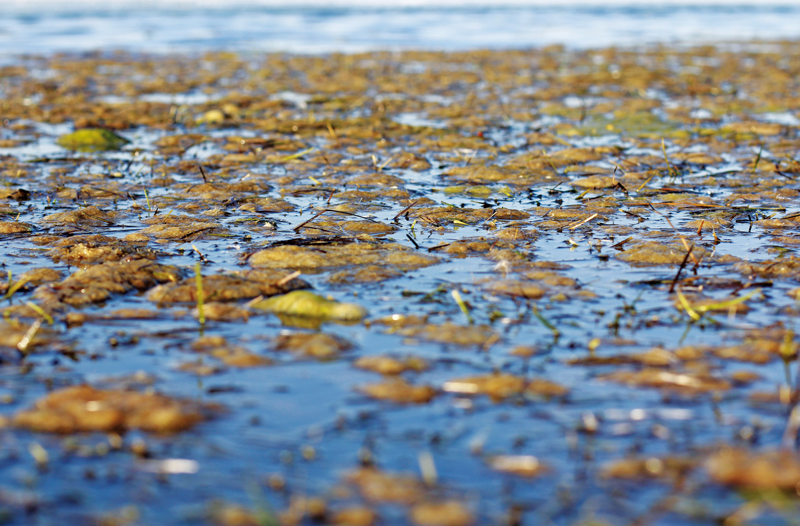HYMOD-KZ database and deficit areas
This article describes the HYMOD-KZ database, available at https://shiny.vuv.cz/HYMOD-KZ/. The database provides detailed results of hydrological modelling and hydrological balance analysis of catchments (water bodies) for current and future climate conditions; it also includes updated deficit areas, the description of which is part of this article. This tool can serve as a foundation for water management ex-perts, academia, and the broader professional community as it provides outputs at the spatial resolution of water bodies. The graphical rep-resentation of results facilitates understanding of complex hydrological phenomena and supports decision-making in water management planning.
Danube Regional Water Lighthouse
Accessible and high-quality water is a natural resource essential for life, well-being, and social prosperity. After decades of intensive exploitation, pollution and socio-economic pressure, Europe’s freshwaters and seas are at risk of degradation. This has to be seen not only as a potential dramatic loss from an economic point of view, but also it means unpredictable ecological, social, and cultural damage. The European Commission has responded to this challenge by creating the research and innovation mission Restore our oceans and waters; with a 2030 target, the aim is to provide a systemic approach for the restoration, protection and conservation of oceans and freshwater. In 2022–2025, a development and pilot phase has been underway, during which four so-called Mission Lighthouses were launched. “The Danube Regional Water Lighthouse Action” (DALIA) aims to significantly contribute to the improvement of the state of the Danube basin; it is financed by the European Union under the Horizon Europe programme with a total subsidy of € 8,499,236. The basin is home to almost 80 million people and extends over 19 European countries, which is exceptional even on a global scale.
Drought warning system and local threshold limits
Droughts and floods are extreme hydrological phenomena that are currently increasing in frequency due to the growing impact of climate change, and can have significant effects on our lives. Within the “PERUN” research project, an assessment of drought conditions and their development in the Czech Republic is being developed, along with the innovation of the warning system by the Czech Hydrometeorological Institute (CHMI). Drought is a natural phenomenon characterized by a gradual onset, long duration, and low dynamics, which requires a specific approach. The amendment to the Water Act introduces the obligation of regular reporting on drought and the establishment of a predictive service to be conducted by CHMI. Tools are being developed for long-term prediction of water resource conditions and a methodology for drought and water scarcity management plans. These plans aim to ensure water supply, protect the environment, and minimize the economic impacts. The decision-making body for issuing measures based on the drought plans is the Drought Commission, which operates at the regional level. The warning information is available on the HAMR web portal, which also displays local threshold limits for individual water resources.
Interview with RNDr. Radim Tolasz, Ph.D., climatologist of the Czech Hydrometeorological Institute
Today, one individual cannot quickly mitigate the current impact of climate change that the entire world is facing by changing their behaviour. However, the promotion and spread of education is one of the main keys to making positive changes in a significant part of the population. In an interview for VTEI, the Czech representative in the Intergovernmental Panel on Climate Change (IPCC), climatologist RNDr. Radim Tolasz, Ph.D., from the Czech Hydrometeorological Institute (CHMI), describes further steps to mitigate the effects of climate change or, for example, his own first professional experience after 1980.
Potential of areas protected for surface water storage to mitigate the impacts of climate change on drinking water supply
In the Czech Republic, areas morphologically, geologically and hydrologically suitable for surface water storage to mitigate the adverse effects of floods and droughts are defined through the General Plan for Surface Water Accu-mulation Areas. In the context of climate change, these locations create potential for possible adaptation measures. This article describes the assessment of the potential of selected sites for water supply under climate change condi-tions by means of hydrological and water balance modelling.
Balance of groundwater resources and demands for human consumption during climate change conditions
This article presents the results of the assessment of the possible impact of climate change on groundwater abstraction for human consumption between 2041 and 2060.
The current version of the BILAN model
BILAN je celistvý konceptuální model v denní/měsíční struktuře (schéma je uvedeno na obr. 1), simulující složky hydrologické bilance na povodí. Přestože jeho vývoj byl nastartován ve VÚV TGM již počátkem devadesátých let minulého století, jde o model, který je v České republice stále standardně používán a zůstává přístupný laické i odborné veřejnosti. Například je nedílnou součástí řešení aplikace/systému HAMR [1], ale byl použit i jinde [2–4]. Mezi hlavní výhody modelu oproti jiným řešením patří interní kalibrační algoritmy, možnost přímého vkládání dat o užívání vod a nízká výpočetní náročnost vhodná pro variantní simulování (např. dopadů klimatické změny na vodní režim).
Preservation of drinking water demand from water reservoirs in climate change conditions
This study presents interim results of an evaluation of a potential climate change impact on the preservation of drinking water demand provided by water reservoirs in the timeframe of the year 2050. Hydrological and water sources and demands balance procedures have been applied, including modelling of the storage ability of water resources and water supply systems.
Prediction model of water quality around Prague
This article is available in Czech only. For translation or more information on this topic, please contact author. Souhrn V poslední době se velmi diskutuje – a to nejen mezi odbornou veřejností – o dopadech změny klimatu na vodní režim v přírodní krajině. Řešení OP Praha – pól růstu se zaměřilo i na krajinu… Read more »
HAMR: online drought management system – web presentation to the public
Drought and water shortages are concepts that need to be spaced properly differentiate. Drought is a temporary decrease in water availability and is considered a natural phenomenon. Drought is characterized by its gradual onset, considerable area and long duration.
Environment for life program and projects solved in TGM WRI
Environmental protection is one of the important societal needs. Appropriately oriented applied research is also necessary for its fulfillment.
Update of empirical relationships for calculation of free water surface evaporation based on observation at Hlasivo station
Evaporation from free water surface is one of the essential components of water circulation in nature and significantly affects the overall water balance of the catchment. Due to the complicated direct measurement, it is often calculated from formulas that require available meteorological variables as input data.
Water loss by evaporation from free water surface
Evaporation from free water surface is one of the important factors affecting the total water balance of a catchment. Since direct measurement of evaporation is complicated, evaporation is in practice often calculated using formulas based on common meteorological variables.
HAMR: Online drought management system – operational management during a dry episode
Increasing occurrence of drought periods in the Czech Republic has highlighted a necessity of legislation modification. At the same time, a need has emerged for tools supporting decision making and water resources management at various levels during the drought periods.
Study on the assessment of the effect of nature-friendly measures in the Olešná in Pelhřimov catchment area using the BILAN, HEC-HMS and HYPE models
A catalogue of natural restoration measures was created within several research programs under Ministry of the Environment of the Czech Republic, especially in the program for hydrological draught mitigation. As a next step suitable catchments for their application were identified. With use of hydrological models, the effect of designed restoration measures on three aspects of hydrological regime was assessed.
Determination of minimum residual flow values in the Czech Republic
Article is based on the amendment to Act no. 254/2001 Coll. pursuant to the wording of Act no. 150/2010 Coll., the Ministry of Environment has been charged with the task of drafting a Government regulation on the method and criteria for determining the minimum residual discharge values.
Hydrological balance and available water resource in the czech republic during hydrological drought
The article deals with the assessment of the hydrological balance in a monthly time step in the territory of the Czech Republic, which was divided into 133 sub-basins for the period 1981–2015.
Regionalization of deficit runoff volumes in the Czech Republic
The aim of the study is the regionalization of the Czech Republic with respect to drought characteristics in individual catchments.
Warning system for the Prague water system against micro-pollutant pollution
Physicians with a little exaggeration claim that a healthy person does not exist, only to be met with a poorly-diagnosed patient. This claim can also be applied to drinking water and wastewater.
Recent developments of the BILAN model
The BILAN model has been used in a number of research projects and hydrological studies dealing with estimation of water balance for European catchments. This paper is focused on the recent development of the model during last years. The model changes include both core development (new variables representing water use, optional calibration for a system of catchments, saving of state variables) and enhanced user interface that was extended by new graphical outputs and controls allowing interactive use of the model.
Possible compensation of negative climate change impacts using the localities for potential accumulation of surface water
The list of localities potentially suitable for accumulation of surface water (LASW) exists in the Czech Republic from the beginning of 20th century.



